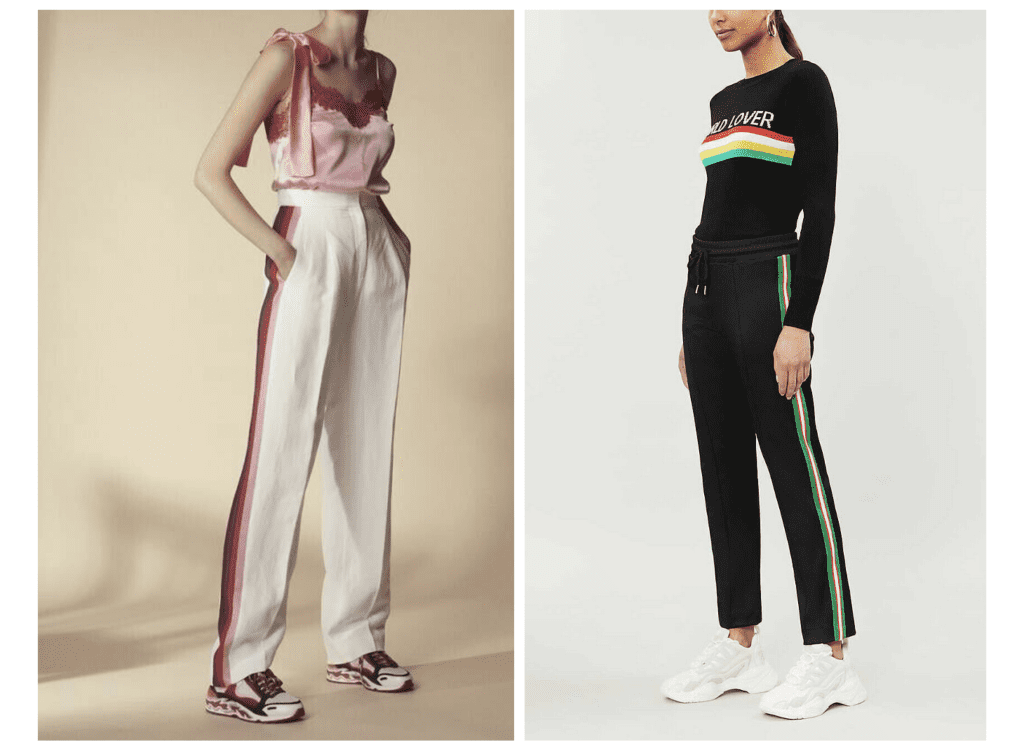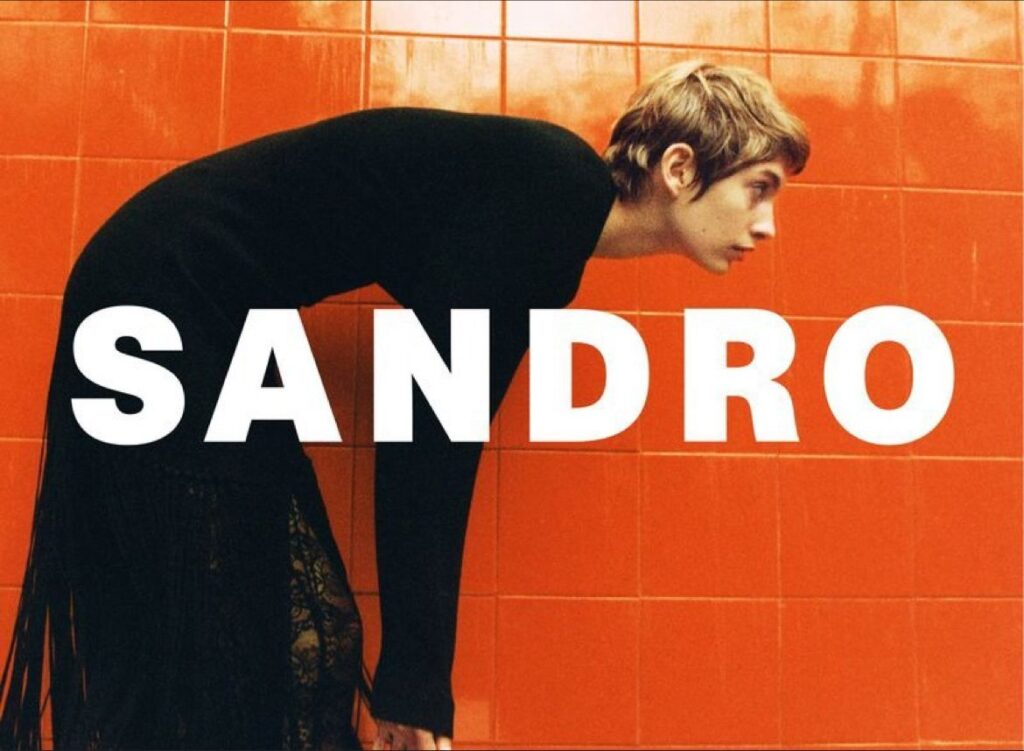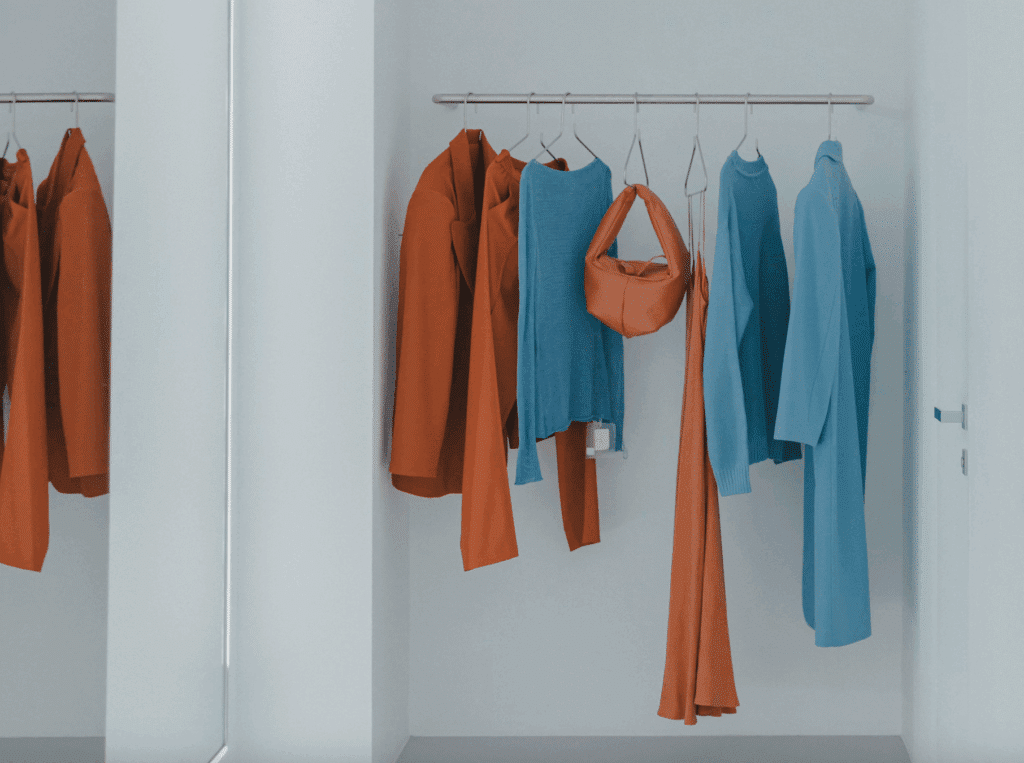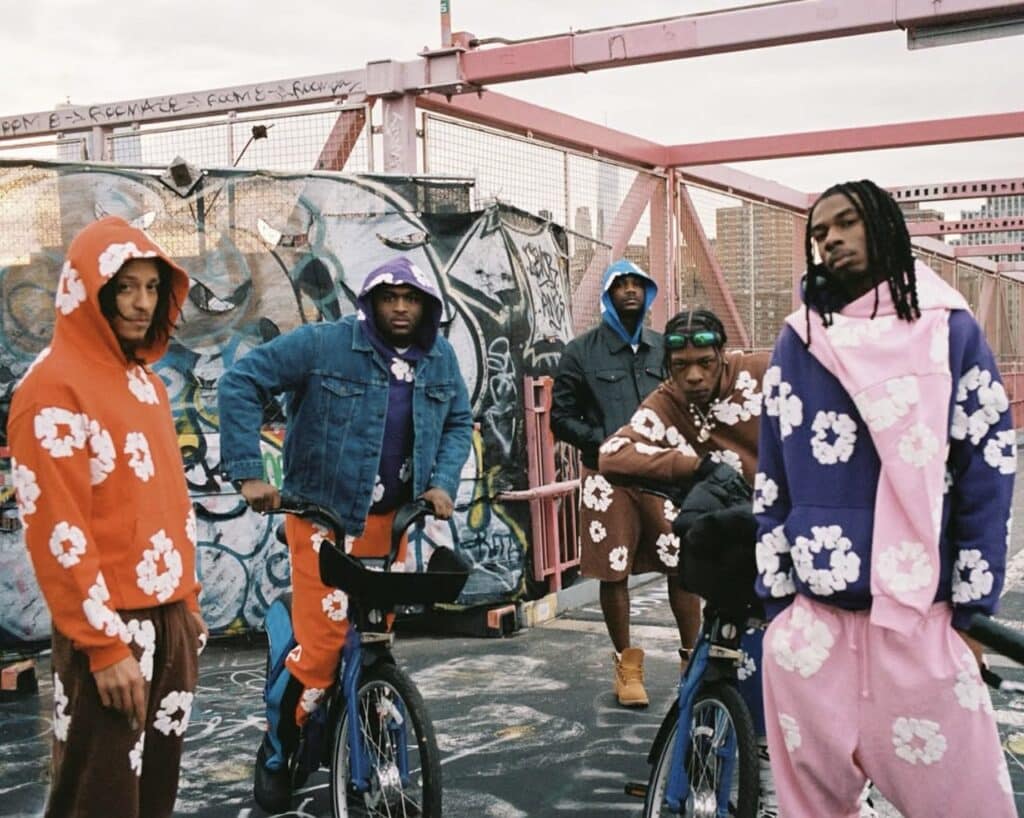In a final blow to adidas’ legal battle with Sandro and Isabel Marant over its iconic three-stripe trademark, the French Supreme Court upheld a Paris appellate court’s rulings in favor of the French fashion brands. The Court of Cassation’s decision earlier this summer affirmed a lower court’s finding that Sandro’s two-stripe design was not similar enough to adidas’ three-stripe trademark to cause confusion among consumers. At the same time, Sandro’s striped design amounts more to a general fashion trend as opposed to an indicator of source, according to the court, and was not specifically seeking to imitate or capitalize on the adidas brand.
The Court of Cassation’s June 26 ruling rejected adidas’ final appeal in the Sandro case, stating that the grounds presented by the German sportswear giant were insufficient to overturn the lower courts’ findings. The court did not provide a detailed explanation, as the case did not meet the criteria for a specially-motivated judgment, according to the decision. However, in ordering adidas to cover legal costs and pay €3,000 to Sandro under Article 700 of the French Code of Civil Procedure, the Court of Cassation upheld the Paris Court of Appeal’s decision, which held that Sandro’s use of a two-stripe design did not run afoul of adidas’ trademark rights.
Adidas had initially sued in 2018, claiming that the two-stripe design that the fashion brand was using closely imitated its globally recognized three-stripe trademark, potentially confusing consumers and damaging adidas’ brand reputation. In 2020, the Judicial Tribunal of Paris mostly dismissed adidas’ claims, stating that the differences between Sandro’s designs and adidas’ striped trademark were significant enough to enable the parties to avoid confusion.

In the November 2022 appellate ruling, the court held that Sandro’s two-stripe design did not cause consumer confusion with adidas’ iconic three-stripe trademark, emphasizing that the differences in the number, width, and spacing of the stripes made the designs distinct, and therefore, unlikely to mislead consumers. Adidas’ attempt to use survey data to prove consumer confusion was dismissed by the court as unreliable due to a flawed methodology.
At the same time, the appellate court recognized that Sandro’s two-stripe design was part of a broader, stripes-centric fashion trend, particularly in the 2017-2018 season, where side-stripe pants became popular across various fashion brands. The court determined that the stripes on Sandro’s products were used as an ornamental feature rather than as an indicator of source (or trademark), thereby distinguishing it from adidas’ branding. Relatedly, the court pointed out that multiple fashion brands, such as Burberry and Givenchy, had adopted similar side-stripe designs during that time, and indicated that Sandro’s design was not wholly unique or imitative of adidas.
Finally, the appeals court dismissed adidas’ claim that Sandro’s two-stripe design diluted its trademark and/or harmed its reputation, ruling that the differences between the designs and the decorative nature of the stripes made it so that Sandro’s design was unlikely to tarnish adidas’ brand identity.
Meanwhile, in adidas’ case against Isabel Marant, the the Court of Cassation ruled that the resemblance between the designs in question – namely, parallel decorative lateral lines – was minimal. Like with Sandro, Isabel Marant’s reputation as a brand is strong enough to help ward off confusion, the high court stated, and consumers are unlikely to be misled about the source of parties’ respective products because they were being sold in clearly distinct markets.
>> TLDR: The latest round of the Sandro cases mark the end of adidas’ efforts to claim trademark infringement over the SMCP-owned brand’s use of the two-stripe design on its apparel; the court similarly sided with Isabel Marant over its allegedly infringing use of parallel stripes on its own products. The end of these cases also cements another milestone in adidas’ globally-reaching fight to protect its well-known striped mark in a fashion landscape where such designs are increasingly common and often unprotected by trademark law.
A Global Stripes Battle: Adidas has a history of aggressively defending its three-stripe trademark, one of the most recognizable symbols in the sportswear industry. Over the years, adidas has pursued legal actions across multiple countries, targeting companies and designers it argues have come too close to its mark. In previous cases, such as those involving American sneaker-maker Skechers and Belgian shoe company Shoe Branding Europe, adidas successfully defended its rights. The Sandro case (and others like it) demonstrates the challenges adidas faces in distinguishing its three-stripe design in an evolving fashion landscape where similar elements are widely used.
For instance, in the U.S. a New York federal court finalized a win for Thom Browne in that closely-watched trademark battle waged against it by adidas over stripes. In its July 29 opinion and order, Judge Jed Rakoff of the U.S. District Court for the Southern District of New York reconfirmed the court’s May 2024 “bottomline” order, in which it denied adidas’s motion for a new trial. On the heels of a January 2024 jury finding that Thom Browne did not infringe adidas’ three-stripe trademark by way of its use of a “four-bar and grosgrain” design on activewear, adidas (unsuccessfully) lodged an appeal with the U.S. Court of Appeals for the Second Circuit and also filed a motion for relief from judgment with the district court based on Browne’s failure to produce four emails during the parties’ discovery.
In that case, in addition to waging arguments about the distinct positioning of the two parties and their respective price points, Thom Browne was seemingly able to sway a federal jury with arguments about how adidas’ competitors would be put at “a significant non-reputation-related disadvantage” if adidas is allowed to claim broad rights in its striped mark.
The case is Court of Cassation Appeal No. 23-12.640 (Court of Cassation in France).














